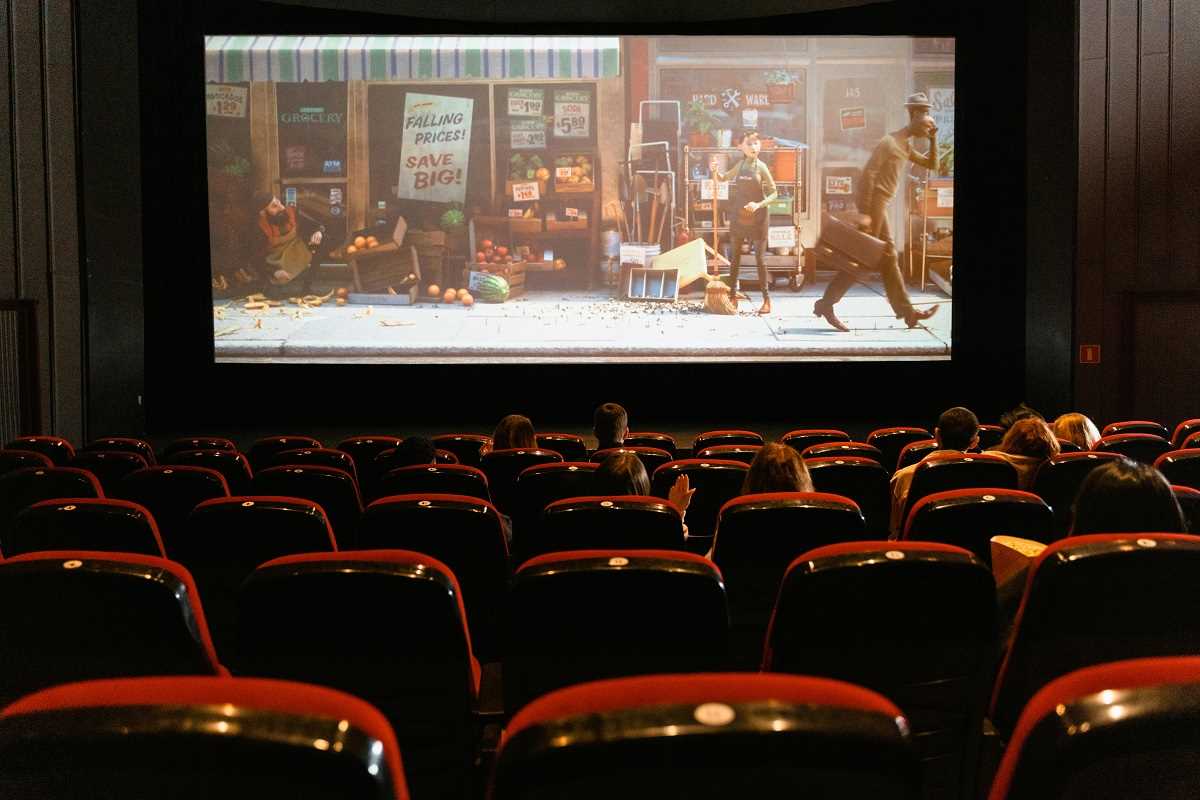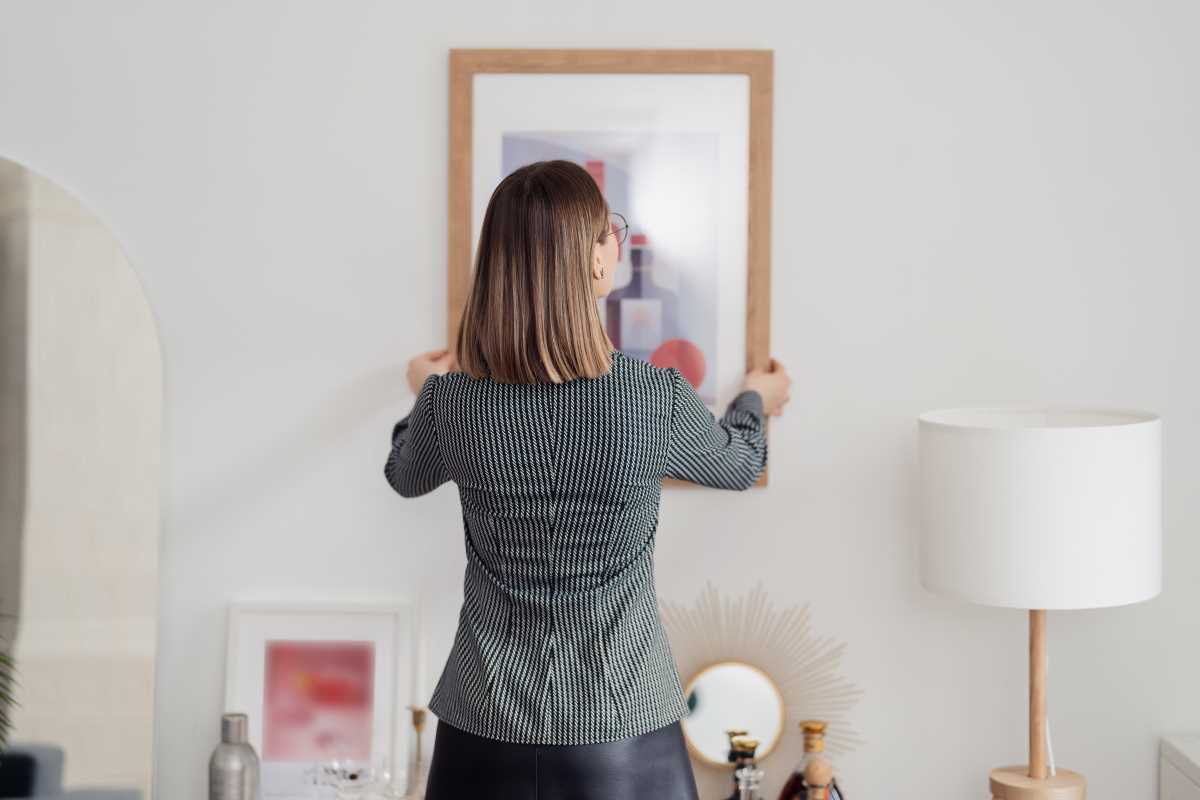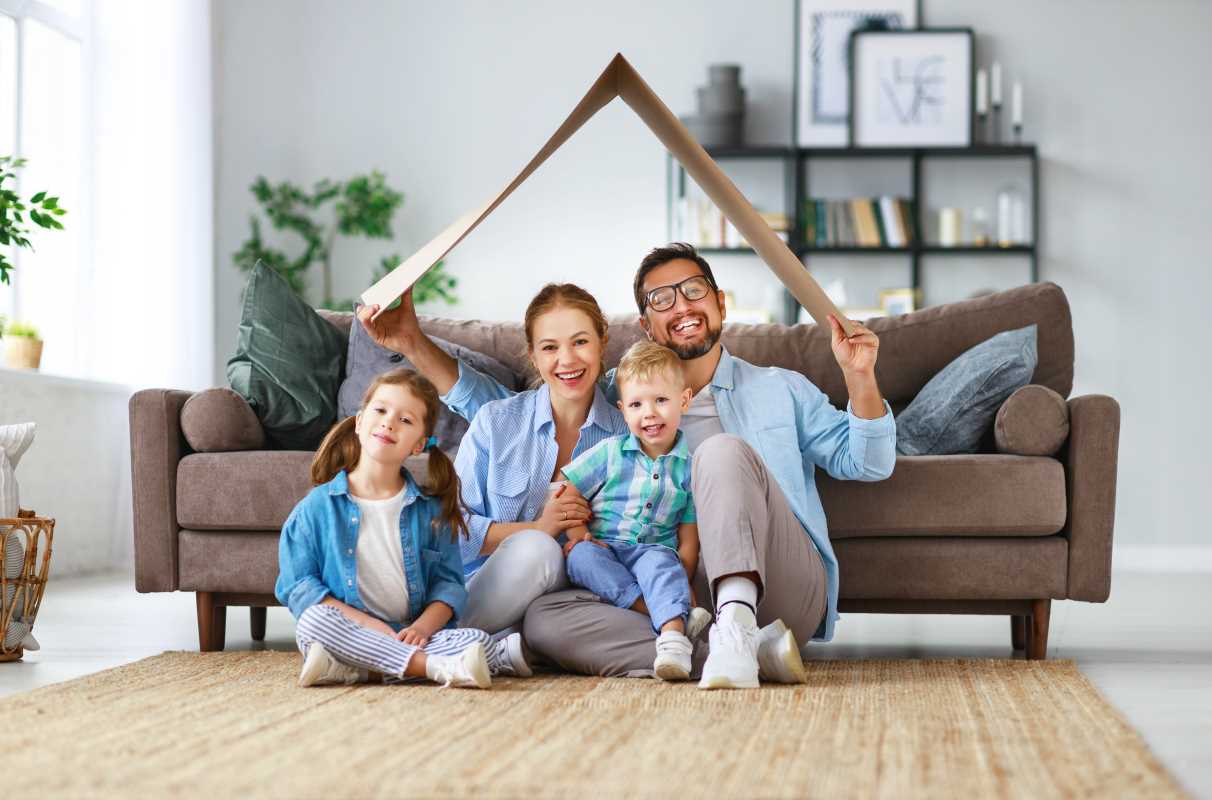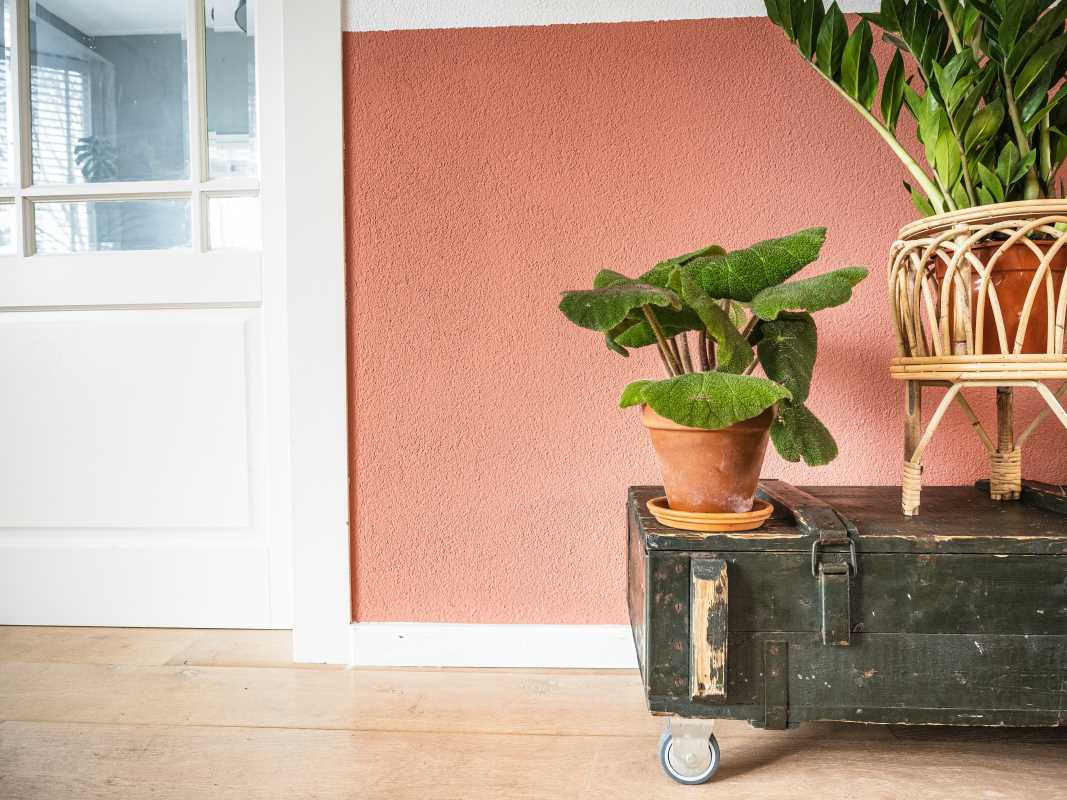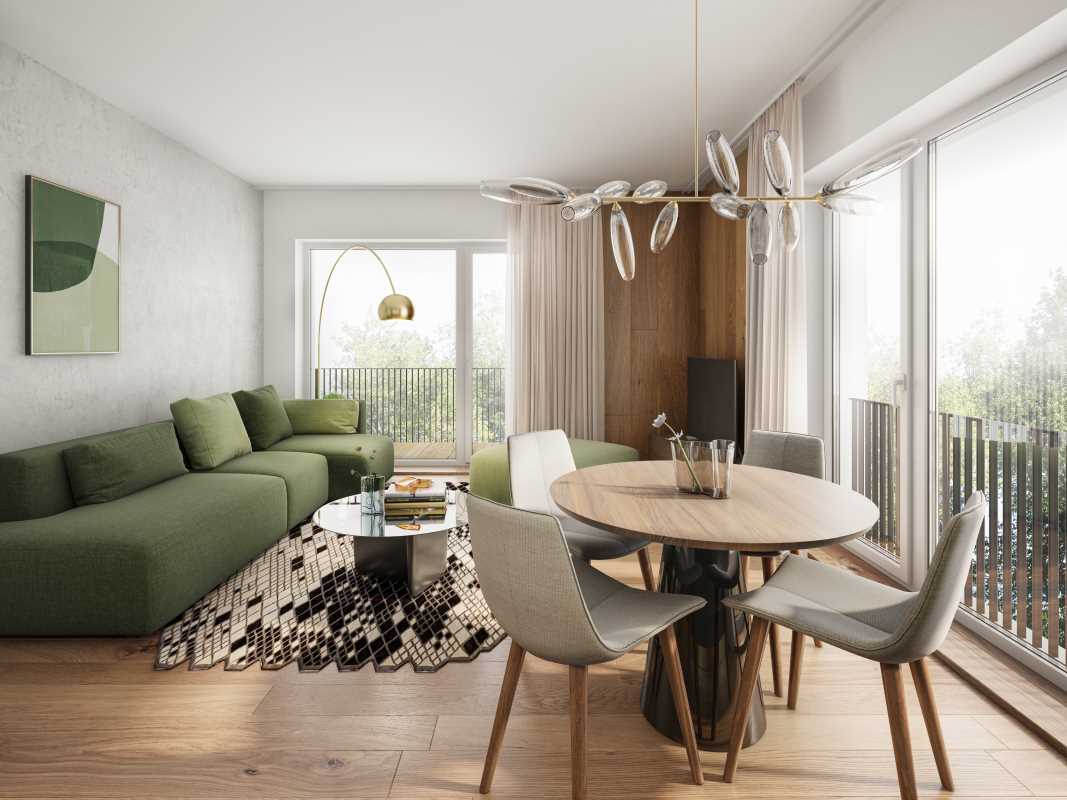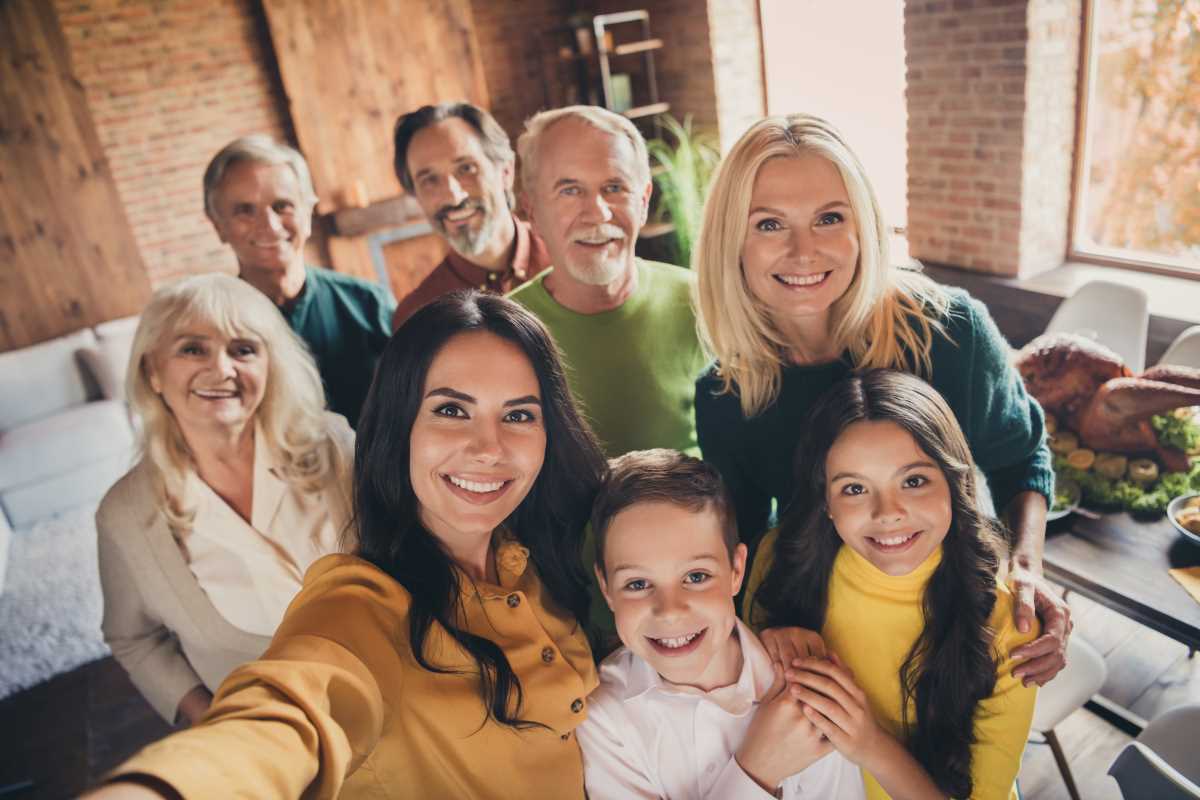The concepts of minimalism and sustainability were once seen as niche lifestyles, pursued by a dedicated few. Today, they have converged into a powerful and increasingly mainstream philosophy for modern living. Minimalism, with its focus on "less is more," and sustainability, with its emphasis on "do no harm," are two sides of the same coin. Both are a conscious response to a world of excess, offering a path away from the clutter, waste, and relentless pace of consumer culture. They invite us to live more intentionally, finding joy not in what we own, but in how we live.
As we move through 2025, this combined approach feels more urgent and relevant than ever. It's a recognition that our personal choices have a collective impact on the planet and on our own well-being. Adopting a minimalist and sustainable lifestyle isn't about deprivation or living in a stark, empty house. It’s about curating a life that is rich in experiences but light in possessions. It’s about aligning your daily actions with your deepest values, creating a life that is not only better for the environment but also simpler, calmer, and more fulfilling for you.
The Art of Mindful Consumption
At the heart of both minimalism and sustainability lies a single, powerful idea: mindful consumption. This is the practice of pausing before you purchase, moving from a reactive state of wanting to a conscious state of questioning. Before bringing a new item into your life, you ask a series of simple but profound questions: "Do I truly need this? Do I have something already that serves the same purpose? What is the environmental cost of this item? Will it add genuine value to my life?" This deliberate pause is a powerful tool against the impulse buys and trend-driven consumption that lead to clutter and waste.
Mindful consumption also means shifting your focus from quantity to quality. Instead of buying ten cheap, fast-fashion shirts that will fall apart after a few wears, you invest in one or two high-quality, ethically made garments that will last for years. This principle applies to everything from furniture and electronics to kitchen tools. It's an appreciation for craftsmanship, durability, and timeless design over disposability. By choosing to own fewer, better things, you not only reduce your environmental footprint but also surround yourself with items that you truly love and use.
Embracing a Zero-Waste Kitchen
The kitchen is often the epicenter of household waste. From single-use packaging and plastic wrap to food scraps, it's a major contributor to our landfills. Transforming your kitchen into a low-waste hub is one of the most impactful steps you can take on your minimalist and sustainable journey. This transition is less about buying a whole new set of "eco-friendly" products and more about changing your habits and rethinking your workflow. It starts before you even bring food into your home.
Focus on buying whole, unpackaged foods whenever possible. Take reusable bags to the grocery store and farmers' market, not just for your main groceries but also smaller mesh bags for produce. Learn the art of meal planning to ensure you buy only what you need, which drastically reduces food waste. At home, embrace composting for food scraps, choose reusable options like beeswax wraps or silicone lids over plastic wrap, and learn to store food properly to extend its life. A zero-waste kitchen is a minimalist kitchen, it’s organized, efficient, and free of the clutter of disposable products.
Actionable Steps for an Intentional Lifestyle
Adopting a minimalist and sustainable lifestyle is a journey, not an overnight transformation. It’s about making a series of small, consistent changes that add up to a significant impact over time. The key is to start small and focus on building habits that feel both manageable and meaningful to you. Don't try to change everything at once; pick one or two areas to focus on and build from there.
Here are some practical, actionable tips you can start implementing today to move toward a more minimalist and sustainable way of life in 2025:
- Implement a "One In, One Out" Rule: For every new non-essential item you bring into your home, you must let go of a similar item. This prevents the slow accumulation of clutter.
- Learn Basic Repair Skills: Instead of immediately replacing a garment with a loose button or an appliance with a minor issue, learn how to fix it. A simple sewing kit or a screwdriver can be powerful tools for sustainability.
- Declare a "No-Buy" Month: Challenge yourself to go a full month without buying any non-essential items. This is a great way to reset your consumption habits and discover how much you already have.
- Curate Your Digital Life: Minimalism isn't just physical. Unsubscribe from marketing emails that tempt you to shop, unfollow social media accounts that promote overconsumption, and declutter your digital files.
- Borrow, Don't Buy: For items you only need once or infrequently, like a specific tool for a DIY project or a formal outfit for an event, look into borrowing from a friend or using a rental service.
- Switch to Sustainable Subscriptions: For recurring needs like cleaning supplies or personal care products, look for companies that offer refillable, low-waste subscription models.
- Create a "Waiting List": When you feel the urge to buy a non-essential item, write it down on a list and wait 30 days. If you still genuinely want or need it after that time, you can consider the purchase more mindfully.
Redefining Cleanliness in the Home
The cleaning aisle of any supermarket is a testament to our obsession with hyper-specific, disposable products. There's a different plastic bottle for every surface, often filled with harsh chemicals and single-use wipes. A minimalist and sustainable approach to cleaning radically simplifies this. It involves going back to basics, using a few simple, multi-purpose ingredients that are effective, inexpensive, and far better for the environment and your health.
You can create a powerful, all-purpose cleaner with just white vinegar and water in a reusable spray bottle. Baking soda is a fantastic abrasive for scrubbing sinks and tubs. Castile soap can be used for everything from washing dishes to cleaning floors. By creating your own cleaning supplies, you eliminate dozens of plastic bottles from your home and your waste stream. You also create a healthier indoor environment by avoiding the volatile organic compounds found in many commercial cleaners.
The Value of Experiences Over Things
Perhaps the most profound shift in a minimalist lifestyle is the conscious decision to prioritize experiences over material possessions. This is the ultimate expression of living a full life with a light footprint. Instead of spending money on objects that provide fleeting satisfaction, you invest in activities that create lasting memories, build skills, and foster connections. This reorientation of values is deeply sustainable, as experiences generally have a much lower environmental impact than producing, shipping, and disposing of physical goods.
This can mean choosing to save for a trip instead of a new television, buying tickets to a concert instead of a new outfit, or gifting a cooking class instead of another gadget. It's about recognizing that the stories we collect are far more valuable than the stuff we accumulate. By focusing on doing, being, and connecting, you naturally reduce your desire for material things. This not only lightens your environmental load but also enriches your life in ways that consumer goods never can, leading to a deeper and more durable sense of happiness and fulfillment.
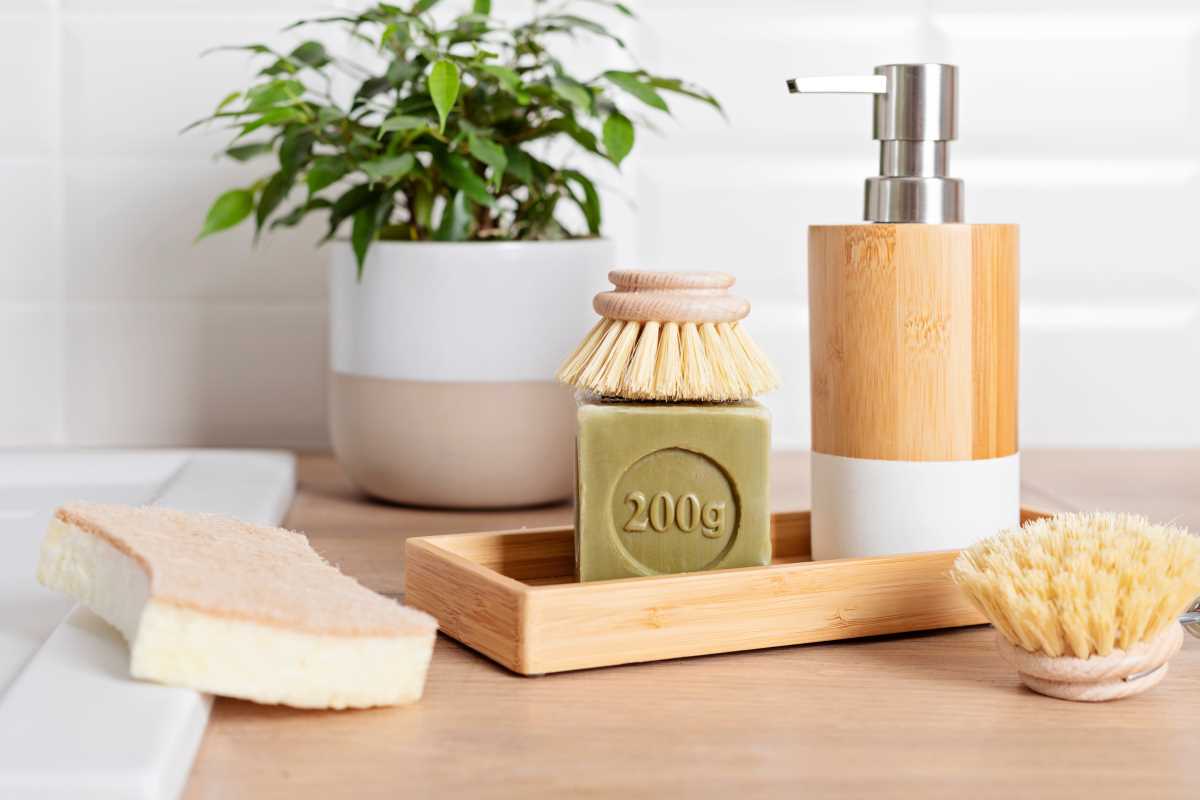 (Image via
(Image via
